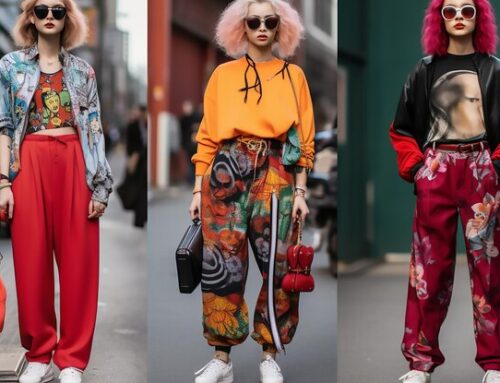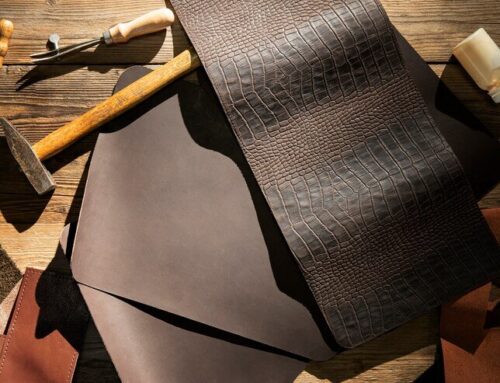Introduction
In recent years, the term Pampsun has gained popularity among fashion enthusiasts and in broader cultural conversations. This article delves into the world of this lightweight, sheer fabric. It explores its origins, significance, and influence on various aspects of modern life.
What is Pampsun?
Often referred to as a lightweight, sheer fabric, Pampsun typically consists of a blend of polyester, silk, or cotton. Designers and consumers alike appreciate its delicate texture and translucent quality. This fabric serves multiple applications, from clothing to home décor. Its versatility and aesthetic appeal have made it a staple in the fashion industry.
Characteristics
- Lightweight and Breathable: One of the most attractive features of this fabric is its lightweight nature. Therefore, it becomes ideal for warm climates, allowing comfort without sacrificing style.
- Sheer and Translucent: The semi-transparent quality enables creative layering in fashion design. As a result, it allows for elegant, flowing garments that enhance the wearer’s silhouette.
- Variety of Colors and Patterns: You can find this fabric in various colors, prints, and designs, making it suitable for many occasions, from casual outings to formal events.
- Durability: Despite its delicate appearance, this fabric remains relatively durable. Consequently, it can withstand regular wear and tear, making it a practical choice for everyday clothing.
The History of Pampsun
This fabric’s origins trace back to ancient civilizations, where sheer textiles enjoyed high regard for their beauty and elegance. The name derives from a blend of traditional textile techniques and contemporary innovations in fabric production. Over time, technological advancements have led to more refined and diverse variations.
Cultural Significance
Throughout history, sheer fabrics have held cultural significance in various societies. In many cultures, these textiles symbolize femininity, grace, and elegance. They often feature traditional garments for special occasions, representing celebration and joy. Additionally, the versatility of this fabric allows it to transcend cultural boundaries, making it a global phenomenon in the fashion industry.
Fashion Applications
Contemporary Trends
In fashion, designers have increasingly embraced this fabric, recognizing its potential for creating unique and striking pieces. Garments made from it often feature flowing silhouettes, layering, and intricate detailing. Consequently, they convey a sense of movement and fluidity in design.
- Dresses and Skirts: Designers widely use lightweight sheer fabric to create elegant dresses and skirts, particularly for evening wear and special occasions. Its nature adds a sense of ethereality, allowing the wearer to feel graceful and poised.
- Blouses and Tops: You can style sheer blouses up or down. For example, these tops transition seamlessly from day to night when paired with tailored trousers or casual jeans.
- Scarves and Wraps: Scarves and wraps made from this fabric are perfect accessories. They provide a touch of sophistication to any outfit and can be layered over jackets or worn as standalone pieces to add color and texture.
Styling Tips
Styling with sheer fabrics requires creativity and an understanding of layering techniques. Here are some tips for incorporating this beautiful textile into your wardrobe:
- Layering: The sheer quality allows for versatile layering. For instance, pair a top from this fabric with a fitted camisole underneath for added coverage, or layer a skirt over a contrasting slip.
- Mixing Textures: Combine sheer textiles with other fabrics like denim, leather, or knits for a balanced look. This contrast in textures can create a dynamic outfit that showcases the beauty of the fabric.
- Accessorizing: Choose accessories that complement the delicate nature of this material. For instance, opt for minimalist jewelry and footwear to keep the focus on the outfit.
Home Décor Applications
Beyond fashion, this fabric has found a significant place in home décor. Its lightweight and sheer qualities make it an excellent choice for curtains, table linens, and decorative accents.
Curtains and Drapery
Using sheer textiles for curtains adds an elegant touch to any room. Their translucent nature allows natural light to filter through while providing privacy. Available in various colors and patterns, sheer curtains enhance the overall aesthetic of a space.
Table Linens
Incorporating sheer fabrics for table runners or overlays can elevate dining experiences. The material adds sophistication and a touch of luxury, making it ideal for special occasions or everyday meals.
Decorative Accents
You can also use this fabric in cushions, throws, and other decorative accents to create a soft and inviting atmosphere. Its versatility allows for endless possibilities in home styling.
Environmental Impact
As with any fabric, it is essential to consider the environmental impact of its production. While many manufacturers are adopting sustainable practices, consumers should remain informed about the sourcing and production processes of the textiles they choose.
Sustainable Practices
- Ethical Sourcing: Many brands now prioritize ethically sourced materials, ensuring their fabrics undergo production under fair labor conditions and with minimal environmental impact.
- Recycled Materials: Using recycled materials in production is becoming more common, thus reducing waste and promoting sustainability.
- Eco-Friendly Dyes: The demand for eco-friendly dyes increases as consumers become more conscious of the chemicals used in textile production. Brands that prioritize environmentally friendly practices gain popularity.
Caring for Sheer Fabrics
Proper care is essential to maintain the beauty and longevity of sheer textiles. Here are some tips for cleaning and storing these garments and home décor items:
Washing
- Gentle Cycle: When machine washing, use a gentle cycle with cold water to prevent damage to the fabric.
- Hand Wash: For delicate items, hand washing is recommended. Use mild detergent and avoid wringing the fabric to preserve its integrity.
Drying
- Air Dry: Always air dry sheer items to prevent shrinkage and damage. Additionally, avoid direct sunlight to prevent fading.
Storing
- Avoid Overcrowding: Avoid overcrowding in the closet to prevent wrinkles and creases when storing garments. Use padded hangers for delicate items.
- Keep Away from Moisture: Store these items in a cool, dry place to avoid mold and mildew growth.
Conclusion
This beautiful fabric represents more than just a textile; it embodies a lifestyle of elegance, creativity, and cultural significance. Its versatility allows for a wide range of applications, from fashion to home décor, making it a cherished choice among designers and consumers alike. As we explore the beauty and impact of sheer fabrics, we also recognize the importance of sustainable practices in their production. Embracing these textiles involves appreciating their aesthetic appeal and making informed choices that reflect our values in today’s world.
Whether you’re dressing up for a special occasion or looking to elevate your home décor, the lightweight sheer fabric offers endless possibilities for creativity and expression. As you navigate the world of fashion and design, consider incorporating this exquisite textile into your life to experience its allure fully.






